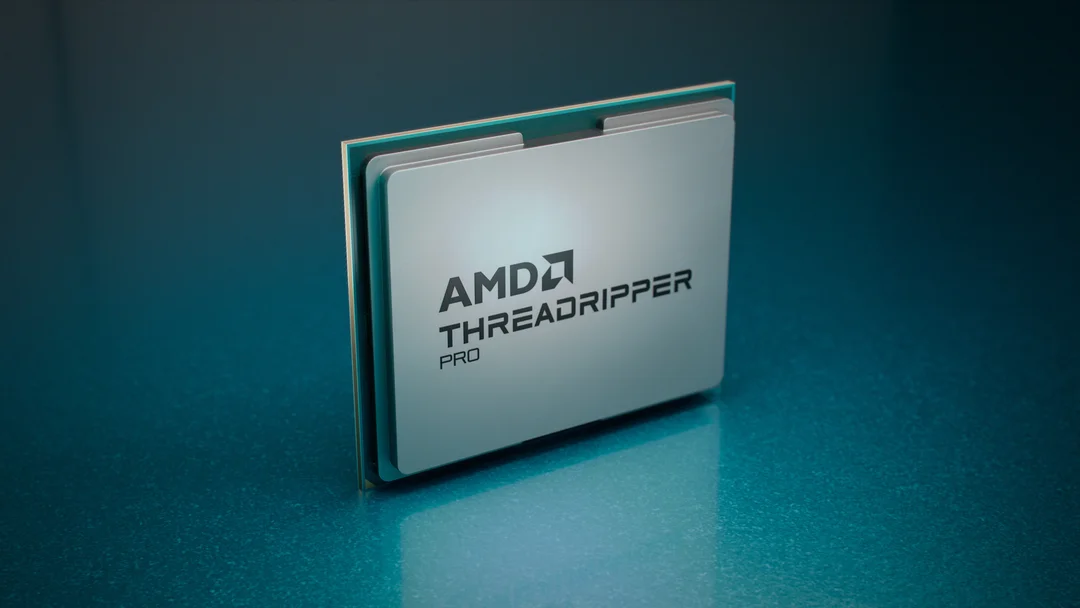
AMD Sparks Debate: Is 8GB VRAM Enough in 2025? New Threadripper CPUs Unleashed!
The debate surrounding VRAM (Video RAM) in graphics cards has reignited, with AMD wading into the fray. Frank Azor, AMD's chief architect of gaming solutions, has stated that most gamers "have no use for more than 8GB" of VRAM. This statement follows the launch of the AMD Radeon RX 9060 XT, available in both 8GB and 16GB versions, and coincides with criticism aimed at Nvidia for equipping the GeForce RTX 5060 with only 8GB.

While 8GB might suffice for many current games at 1080p resolution, demanding titles are already pushing VRAM limits. As recent reviews have shown, games like Indiana Jones and the Great Circle struggle on the RTX 5060 with 8GB, even at medium settings. The question is, will 8GB remain sufficient in the coming years?
Azor defended his stance on X, arguing that the majority of gamers still play at 1080p and primarily engage with esports titles, which generally have lower VRAM requirements. He also emphasized that a 16GB version of the Radeon RX 9060 XT is available for those who need more memory. "If 8GB isn't right for you then there's 16GB. Same GPU, no compromise, just memory options."
There's some truth to the argument that many popular games don't require a lot of VRAM. The commonly used Nvidia GeForce GTX 1650, for example, only has 4GB. However, investing in a new graphics card is about future-proofing. Will 8GB cards struggle with the newest titles in the future?
A potential issue arises from the similar naming conventions for both 8GB and 16GB versions of cards like the Radeon RX 9060 XT and potentially the RTX 5060 Ti. System builders could sell PCs without explicitly stating the VRAM amount, potentially misleading buyers who need more memory for demanding games. If you're buying a new budget gaming GPU, avoiding 8GB options might be wise if you plan to play the latest single-player titles at higher settings for years to come. This advice underscores the importance of carefully checking specifications when purchasing a system.
Beyond the gaming realm, AMD is also making waves in the high-end desktop and workstation market with the announcement of the Ryzen Threadripper 9000 series. These CPUs, based on the Zen 5 architecture, offer up to 96 cores in the flagship Threadripper Pro 9995WX. These powerful chips are targeted at prosumer and professional users who need significant processing power, memory, and I/O capabilities for tasks like content creation, coding, and AI training.

The Threadripper 9000 series retains compatibility with existing sTR5 sockets and WR90/TRX50 motherboards (after a BIOS update). A key enhancement is the Zen 5 architecture itself, offering improved performance, especially with full-speed AVX-512 support.
The Threadripper Pro 9000 series offers up to 96 cores, 384MB of L3 cache, and 128 PCIe 5 lanes. The standard Threadripper 9000 series, aimed at HEDT users, offers up to 64 cores and 48 PCIe 5 lanes.
AMD seems to be positioning itself strongly against Intel in these high-end segments, showing some performance slides in its Computex announcements with the Threadripper Pro 9995WX shown outperforming the Intel Xeon W9-3595X in various workloads. AMD plans to begin shipping the new Threadripper 9000 series chips in July. The CPUs are expected to be available to purchase as retail processors or to OEMs for computer builds.
AMD is actively pursuing opportunities across multiple sectors, as seen from the recent Radeon Announcements to provide GPUs for gaming and AI Development. Stifel Analysts have given AMD a buy rating showing the company's potential for growth to compete against Nvidia. A Saudi Arabia AI company named Humain has also agreed to a 10 billion dollar deal with AMD to supply GPU's and CPUs needed for AI servers.
So, is 8GB of VRAM enough for the future of gaming? Will AMD's new Threadripper processors dominate the workstation market? What are your thoughts? Leave a comment below and share your opinion!